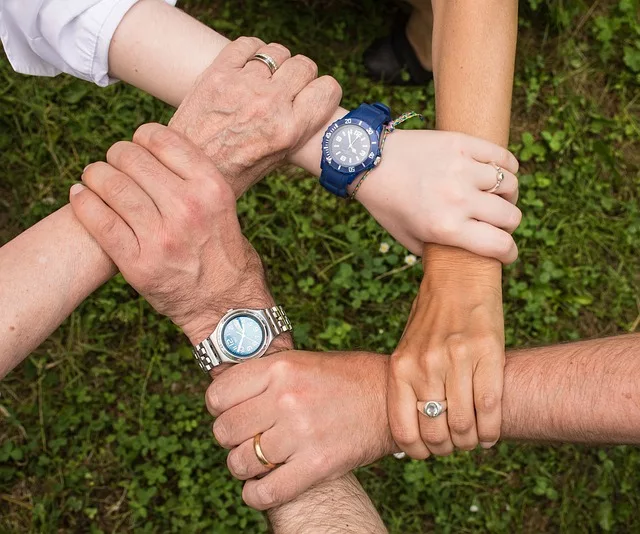It’s more been more than a half-century since nonprofit organizations, such as the American Cancer Society and the American Lung Association launched their first anti-smoking campaigns.
While it’s difficult to comprehend now, cigarette commercials, like the one below for The Flintstones and Winston Cigarettes, were commonplace until the Public Health Cigarette Smoke Act of 1970 banned radio and television ads for tobacco products.
To this day, tobacco use, which people generally start as teenagers or young adults, remains the leading cause of preventable death and disease in the United States.
In June, however, the Centers for Disease Control and Prevention reported encouraging news about tobacco use among middle and high school students. The use of e-cigarettes and other tobacco products is steadily declining among teenagers.
“This is unimaginable, extraordinary progress,” Matthew Myers told The Washington Post, of the nonprofit Campaign for Tobacco-Free Kids. He added, “This is a change of a cosmic nature that has the potential to dramatically impact lung cancer, heart disease, asthma and other problems.”

CDC Survey on Tobacco Use is Positive
The CDC’s survey reported the following:
- 11.3 percent of high school students used e-cigarettes in 2016 compared to 16 percent in 2015
- Just 8 percent of teenagers smoked cigarettes last year compared to a staggering 30 percent in 2000
- This decline also extends to the use of hookahs, cigars and smokeless tobacco
This boost in avoiding unhealthy habits that start in young people is in line with the Monitoring the Future Survey put out by the National Institute on Drug Abuse in 2016.
The Monitoring the Future Survey found a decline in drug and alcohol use among eighth, 10th and 12th graders.
Prevention Remains a Key Resource
“Clearly our public health prevention efforts, as well as policy changes to reduce availability, are working to reduce teen drug use,” the director of NIDA, Nora D. Volkow, said in a statement.
However, some unsettling facts remain within the improving statistics. An estimated 3.9 million middle and high school students still use tobacco products.
Robin Koval, president of the Truth Initiative, a nonprofit that focuses on teen tobacco use, points out to The Post the wide variation among teenagers in different parts of the country. For example, the rate of high school smokers in West Virginia is more than double that of California.
Adding fuel to these concerns is the fact that e-cigarette and tobacco companies continue intense lobbying efforts to rollback Food and Drug Administration regulations enacted in 2016.
As a result, anti-smoking advocates are paying close attention to Scott Gottleib, the new commissioner of the FDA, nominated by President Trump and confirmed earlier this year.
Gottlieb, for now at least, appears to be on the side of continued prevention. “While these latest numbers are encouraging,” he said in statement responding to the CDC’s report, “it is critical that we work to ensure this downward trend continues over the long term across all tobacco products.”
Educational campaigns aimed at children have proven effective in stemming the use of tobacco and, in some cases, drugs and alcohol.
As the trend of legalizing medicinal and recreational marijuana in a growing number of states continues, some experts suggest efforts that focus on the underlying psychological causes of addiction and a greater public awareness of how to accept and treat these issues.
Related:
The Quit Smoking Timeline and What Happens to the Body
Should the Purchase Age of Cigarettes and Tobacco Be Raised to 21?
Why is Teenage Drug Use Such a Big Deal?





